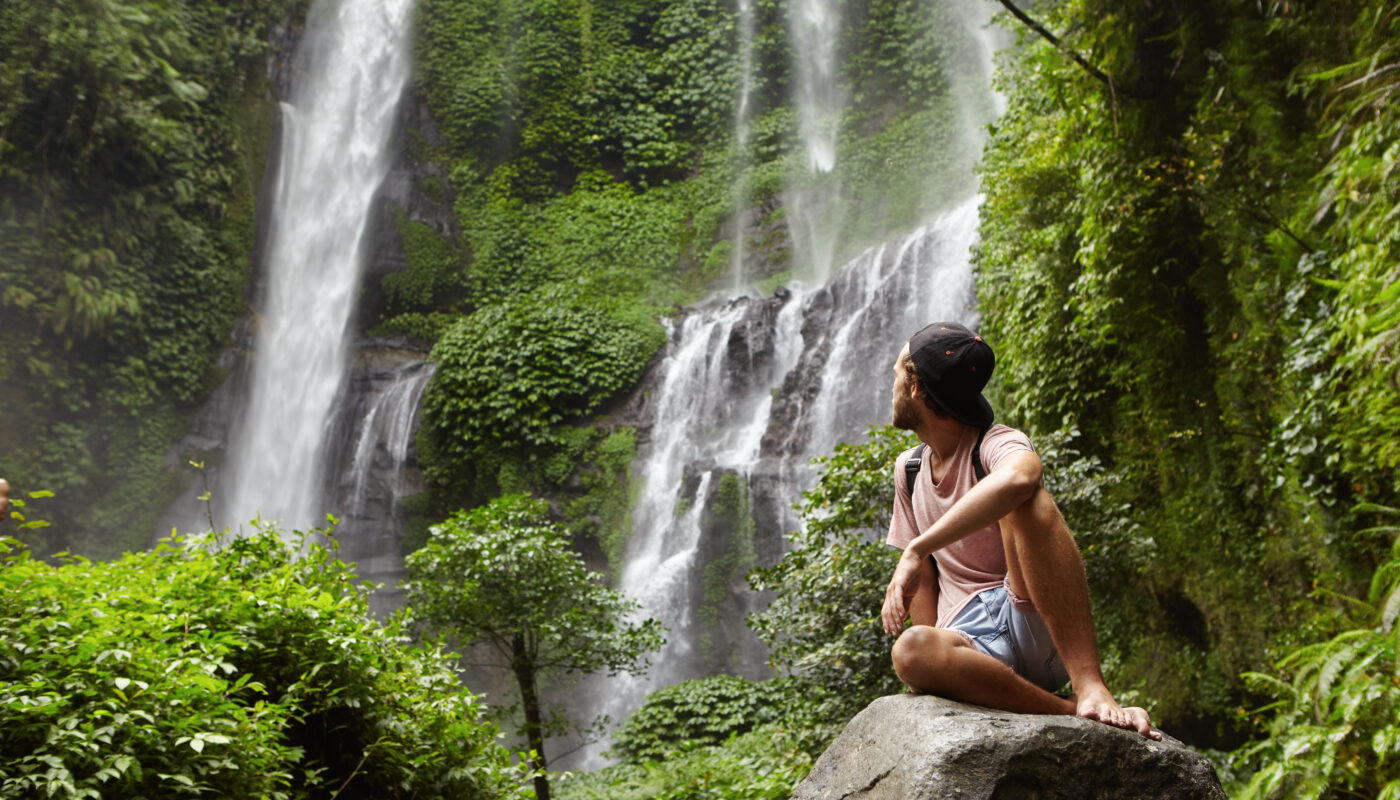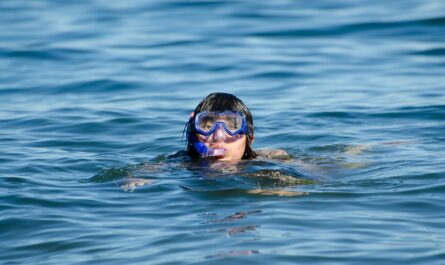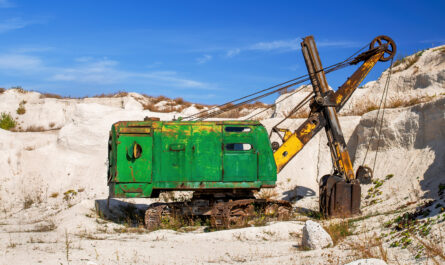Viti Levu, the largest island in Fiji, is often celebrated for its pristine beaches and vibrant coral reefs. However, beyond the coastline lies a treasure trove of natural wonders waiting to be explored—the highlands. Among the most captivating attractions of Viti Levu’s interior are its hidden waterfalls, tucked away in lush rainforests and remote valleys. These cascades are not only breathtakingly beautiful but also serve as vital ecological and cultural landmarks. This article delves into the enchanting world of Viti Levu’s highland waterfalls, exploring their allure, significance, and the adventures they offer.
The Geography of Viti Levu’s Highlands
The highlands of Viti Levu are a dramatic contrast to the island’s coastal areas. Characterized by rugged mountains, verdant valleys, and dense rainforests, the interior is shaped by volcanic activity and centuries of natural erosion. Rivers and streams snake through this terrain, giving rise to countless waterfalls. Many of these cascades remain untouched by development, preserving their raw beauty.
The Nakauvadra and Koroyanitu mountain ranges dominate the highland landscape, offering panoramic views and serving as a haven for endemic flora and fauna. These ranges are home to numerous waterfalls, many of which are accessible only through hiking trails, ensuring an immersive experience for those who venture to find them.
Hidden Gems: Must-Visit Waterfalls
While some waterfalls in Viti Levu are well-known tourist destinations, others are hidden gems, often visited only by locals or adventurous travelers. Here are a few notable ones:
- Tavoro Waterfalls
Although located on the nearby island of Taveuni, the Tavoro Waterfalls are often included in discussions about Fiji’s iconic cascades. However, Viti Levu has its counterparts, such as the dramatic falls in the Namosi Highlands, which rival Tavoro in beauty and serenity. - Wainibuka Falls
Situated deep within the highlands, Wainibuka Falls is a series of cascading waters that flow into crystal-clear pools. The journey to this waterfall requires a trek through dense jungle, rewarding visitors with its secluded and tranquil setting. - Savura Falls
Located near Suva, Savura Falls offers an accessible escape into nature. While not as remote as other highland waterfalls, it provides a glimpse of the natural beauty that characterizes the island’s interior. - Navilawa Waterfalls
Nestled within the Koroyanitu National Heritage Park, these falls are part of a larger eco-tourism area. The surrounding hiking trails and lush forest make the journey to Navilawa a rewarding experience.
Cultural Significance of Waterfalls
In Fijian culture, waterfalls are more than just natural wonders—they are imbued with spiritual and historical significance. Many waterfalls are considered sacred, associated with local legends and myths. These stories often feature deities, ancestral spirits, or tales of creation, underscoring the deep connection between the Fijian people and their natural environment.
Waterfalls are also central to traditional ceremonies and rituals. The purity of flowing water is symbolic of life, renewal, and cleansing. In some villages, waterfalls are used for ritual bathing or as sites for community gatherings, further highlighting their importance in Fijian heritage.
The Ecological Role of Waterfalls
Beyond their aesthetic and cultural value, waterfalls play a crucial ecological role in Viti Levu’s highlands. They serve as vital habitats for various species, from freshwater fish to insects and amphibians. The misty environments created by waterfalls also support unique plant communities, including mosses, ferns, and orchids.
Waterfalls contribute to the island’s hydrology, helping to sustain rivers and streams that provide water for local communities and agriculture. Protecting these natural features is essential for maintaining the ecological balance of the region.
Adventure and Exploration: What to Expect
For those seeking adventure, the highlands of Viti Levu offer unparalleled opportunities to explore these hidden waterfalls. Activities range from guided hikes and birdwatching to swimming in natural pools and canyoning.
- Hiking Trails
Reaching many of the waterfalls requires trekking through rugged terrain. Trails often wind through dense rainforests, crossing rivers and climbing steep inclines. Guided tours are recommended for those unfamiliar with the area, as local guides can provide insights into the flora, fauna, and cultural significance of the region. - Swimming and Picnicking
The natural pools at the base of many waterfalls are perfect for swimming. The cool, clear waters provide a refreshing escape from Fiji’s tropical heat. Many visitors also enjoy picnicking near waterfalls, surrounded by the sounds of cascading water and chirping birds. - Eco-Tourism Experiences
Several eco-tourism initiatives in Viti Levu’s highlands focus on sustainable exploration of waterfalls. These programs often involve local communities, ensuring that tourism benefits the region while preserving its natural beauty.
Conservation Efforts and Challenges
While Viti Levu’s waterfalls are undoubtedly a natural treasure, they face several challenges. Deforestation, agricultural expansion, and climate change threaten the delicate ecosystems of the highlands. Unregulated tourism can also lead to littering, habitat destruction, and the degradation of water quality.
To address these issues, conservation efforts are underway. Protected areas like the Koroyanitu National Heritage Park play a crucial role in safeguarding waterfalls and their surrounding habitats. Community-led initiatives also emphasize sustainable tourism practices, ensuring that future generations can continue to enjoy these natural wonders.
Tips for Visiting Viti Levu’s Waterfalls
For travelers planning to explore the highland waterfalls of Viti Levu, here are some practical tips:
- Hire a Local Guide: Local guides not only ensure safety but also provide valuable cultural and ecological insights.
- Pack Essentials: Bring sturdy footwear, water, insect repellent, and a waterproof bag for electronics.
- Respect Local Customs: Be mindful of the cultural significance of waterfalls and adhere to any guidelines or restrictions set by local communities.
- Leave No Trace: Practice responsible tourism by carrying out all trash and avoiding activities that could harm the environment.
Conclusion
The hidden waterfalls of Viti Levu’s highlands are more than just scenic attractions—they are a testament to the island’s rich natural and cultural heritage. From their ecological importance to their role in Fijian traditions, these cascades offer a unique blend of adventure, beauty, and spirituality. For those willing to venture off the beaten path, exploring these waterfalls promises an unforgettable journey into the heart of Fiji’s highlands. By embracing sustainable practices and respecting local customs, visitors can help ensure that these treasures remain preserved for generations to come.



